
In the context of increasingly unpredictable impacts of climate change, natural disasters no longer follow the law, the field of irrigation, disaster prevention and control needs a flexible management model, quick adaptation, timely decision making based on digitized database to respond more effectively to limit damage to people and property.
Digital transformation in the field of irrigation and disaster prevention and control helps improve the capacity for forecasting, early warning, response to drought, water shortage, saltwater intrusion, floods, inundation, and safe and effective operation of irrigation works.
Timely decision making helps mitigate natural disasters
In recent years, droughts, water shortages, and saltwater intrusion have occurred frequently throughout the country. Therefore, the Department of Irrigation Works Management and Construction has applied digital technology to quickly, promptly, and accurately update information on hundreds of thousands of irrigation works with millions of different data based on digital platforms to serve effective direction, operation, and response. In particular, a number of specialized information systems and software have been built and gradually provided effective support.
Referring to this issue, Director of the Department of Management and Construction of Irrigation Works Nguyen Tung Phong said: “The period of 2020-2025 is a period of strong development of information systems and databases in the field of irrigation, typically the information system supporting the direction and operation of water supply for winter-spring crop production in the midlands and the Northern Delta. This is a very effective support tool in implementing water intake and regulation from hydroelectric reservoirs for annual rice cultivation; collecting water levels online at large irrigation works; collecting water areas per day and providing periodic, regular and ad hoc supplies. Thereby, it has brought great efficiency, supporting the shortening of the operation from three water discharges as before to two; reducing the total water discharge of hydroelectric reservoirs from about 5 billion m3 to about 3 billion m3 in recent years. In addition, information systems for operation and irrigation management, information systems Irrigation planning management, dam and reservoir database systems have also been effectively supporting the improvement of efficiency in directing and operating the prevention and control of drought, water shortages and saltwater intrusion. For example, during the historic saltwater intrusion in the 2019-2020 dry season in the Mekong Delta, thanks to information and data, the Ministry of Agriculture and Environment made accurate and timely decisions to respond, so only 59,000 hectares of winter-spring rice were damaged, much lower than in 2015-2016 when it was 405,000 hectares.
In recent years, the promotion of digital transformation application at Bac Hung Hai Irrigation Works Exploitation Company Limited has also helped improve management and operation efficiency, reduce labor and provide quick and accurate information in operations.
Head of System Operations Vu Huu Tuan said: “Previously, company workers had to measure salinity, rainfall, and water level manually. To ensure all necessary parameters, a large number of workers were needed and when measuring, errors sometimes occurred.
Therefore, the company has built a relatively complete SCADA system by installing 11 automatic rainfall measuring devices to provide flood forecasting and warning data; 22 water level measuring devices to monitor and provide timely management plans; three automatic salinity measuring stations; 20 surveillance cameras to detect incidents early and support remote management; build detailed digital maps of canal systems, works and irrigation and drainage areas on the Google Maps platform to manage, store and access information about the works. SCADA tools and equipment not only help provide information about the works and make plans for exploitation, operation, maintenance and repair of the works effectively at the lowest cost. At the same time, they provide timely information on water levels, rainfall, salinity... for reasonable management".
Perfecting technology infrastructure system
In recent times, with the effective support of digital transformation, the work of forecasting and early warning of natural disasters has become more and more effective, helping ministries, departments, branches and localities have sufficient information to direct, operate and minimize risks caused by natural disasters.
According to Head of the Dike Management Department (Department of Dike Management and Natural Disaster Prevention and Control) Tran Cong Tuyen: “Currently, we have implemented a WebGIS database on dikes in 21 localities with dikes of level III or higher. From there, we provide full information, images, and documents on dike routes, especially key vulnerable dike points. At the same time, the software to monitor water levels of rivers with dikes is built, accessed via the website and application on Android and iOS devices, providing information on actual water levels, alarm water levels, helping to grasp information fully, promptly, and effectively advise, especially when directing dike protection. In particular, with 80 surveillance cameras at key vulnerable locations of dikes... monitoring and tracking the progress of works, real-time flood levels, helping to proactively manage, protect, and respond. In addition, the use of flycams has supplemented the database, images of dike protection corridors, beaches, riverbeds, landslide and flooding locations Due to large floods, timely response to flood prevention, control, and dike management.
Also since 2020, the Department has applied the Zalo platform to inform people about weather and natural disaster developments. After nearly 5 years of operation, each year it sends more than 100 million messages to disaster-stricken areas across the country and has hundreds of thousands of followers.
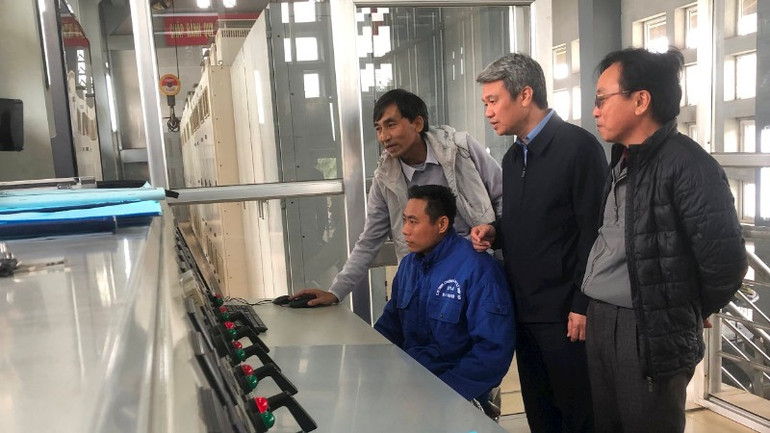
For the safe operation of irrigation works and effective response to natural disasters, data plays a key role, but the development of automatic data to date is still mainly scattered, unsynchronized, and unstandardized; many irrigation works have not yet collected automatic monitoring data, and have not yet connected to real-time data; simulation and warning models have not been equipped. Therefore, it directly affects the efficiency of water distribution, flood regulation, dam safety assurance, and disaster response. In particular, the application of digital technology, digital data, and operations in the network environment is still limited. On the other hand, there is a lack of resources, the information technology infrastructure system, telecommunications, and hydrometeorological monitoring network are not yet synchronized, and have not yet met the requirements of digital transformation. Data integration and sharing between systems also face many difficulties...
Head of the Department of Operation and Irrigation Management (Department of Irrigation Construction and Management) Nguyen Manh Hung said that in the coming time, the Department will strive to complete the digital ecosystem of the irrigation sector; standardize and form a national database on irrigation; build and integrate digital twin models (Digital Twin) for large projects; apply artificial intelligence (AI) and machine learning (ML) to forecast and operate smart reservoirs; integrate IoT monitoring data with digital maps and operating software; train specialized staff in digital technology, big data and modeling; promote a change in thinking from manual operation to operation according to smart scenarios.
Along with that, applying simulation and forecasting models, integrating decision support systems, helps to build optimal operating plans, reduce risks and waste; combining remote sensing-GIS-AI technology in monitoring actual cultivation and planting areas, forecasting irrigation needs, detecting abnormalities in project operations. AI technology also supports trend analysis, warning of safety risks and planning seasonal operations.
According to the Department of Dyke Management and Natural Disaster Prevention and Control, in the coming time, it is necessary to pay attention to and promote the completion of the database system; management system, and data exploitation to serve management work.
In the long term, it is necessary to develop a decision support system that applies new technologies such as AI, big data, cloud storage; promote the construction of a synchronous monitoring network for the dike system and riverbank management; increase the application of new technologies in data collection such as high-resolution remote sensing images, flycams, LiDAR technology to create 3D maps... At the same time, strengthen training and fostering to improve the capacity of applying information technology and digital transformation of staff, especially in localities to exploit and update databases, improve the effectiveness of dike management, protection and dike protection...
Source: https://nhandan.vn/chuyen-doi-so-trong-phong-chong-thien-tai-post890356.html





























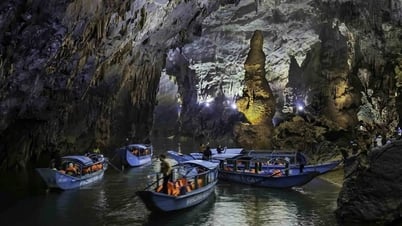























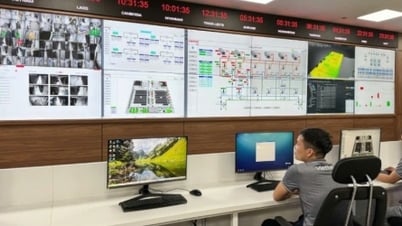


















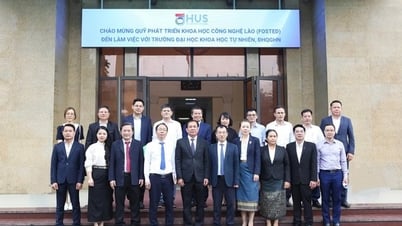









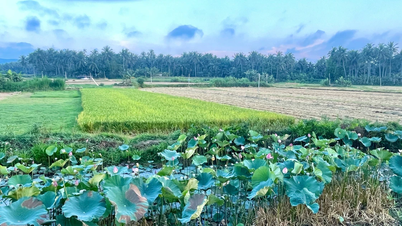




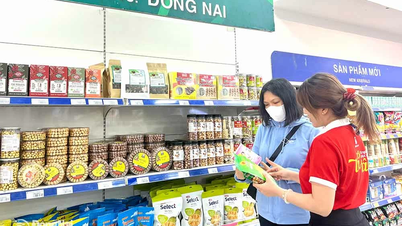









Comment (0)